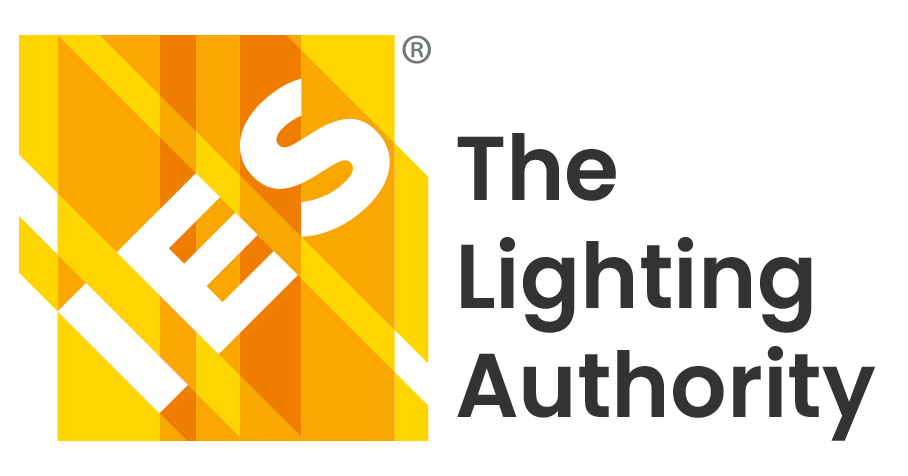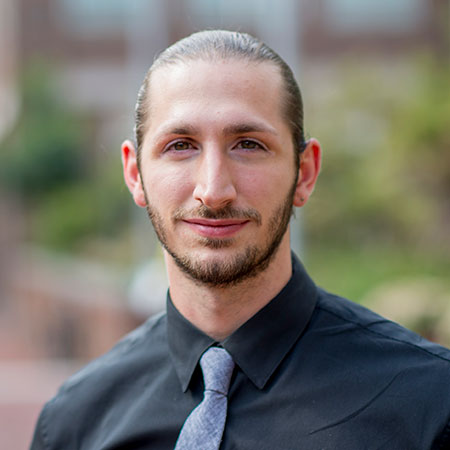
Philips Lighting Research North America
Why lighting?
For me, lighting was a complete accident. When I first entered Penn State, I had almost no knowledge of the university system, what majors were available or what I wanted to study. I enjoyed math and always had an interest in architecture; without hesitation, a university counselor placed me in Architectural Engineering. Several years later, I specialized in lighting—admittedly, because it was the most artsy of the engineering concentrations—and have grown to love it more with each year that passes. I feel lucky to have stumbled into this industry.
Biggest obstacle you’ve encountered?
I would have to say completing my doctoral degree. It required hard work, long nights and an almost obsessive level of attention to detail. My dissertation is a true testament of my dedication to lighting, and was only possible with the help from my friends, family and mentors. Those interested in color rendition can download my work here: https://etda.libraries.psu.edu/catalog/13478txe136.
Best part of your job?
Designing and executing research experiments. Good research requires tenacity, dedication and originality. It is a labor of love, and finding creative solutions to complex problems is what keeps me doing research. Scientific research is no less creative or artistic than painting; it just requires a different type of palette.
Most important thing for the future of the industry?
Education! Lighting design is becoming increasingly complex. Lighting professionals now need to consider LED spectra; control technology and compatibility; Visible Light Communication; connected lighting and the Internet of Things; the human circadian/non-visual response to light; and glare, flicker, and color
rendering—all while balancing cost, value and design. To ensure the health and stability of the lighting industry, we need to educate the next generation of lighting professionals with the skills to tackle these complex challenges. We need a large-scale, industrywide initiative to increase the number of academic programs dedicated to lighting.
What’s next?
Color rendering is fascinating to me, and there is a lot of buzz in the industry right now around it. There has been lots of work regarding color fidelity and color preference—readers might be familiar with the recent work of the IES and the CIE—but a third component, color discrimination, has been largely unexplored. I hope to bolster the conversation in the research community about this topic, and hopefully in five years I will be designing light sources with superior color discrimination ability.


